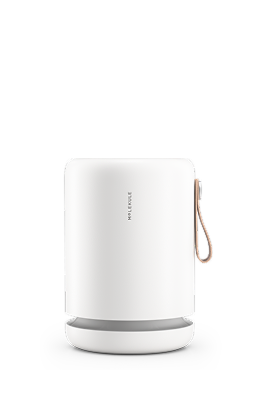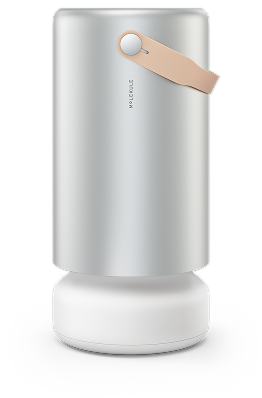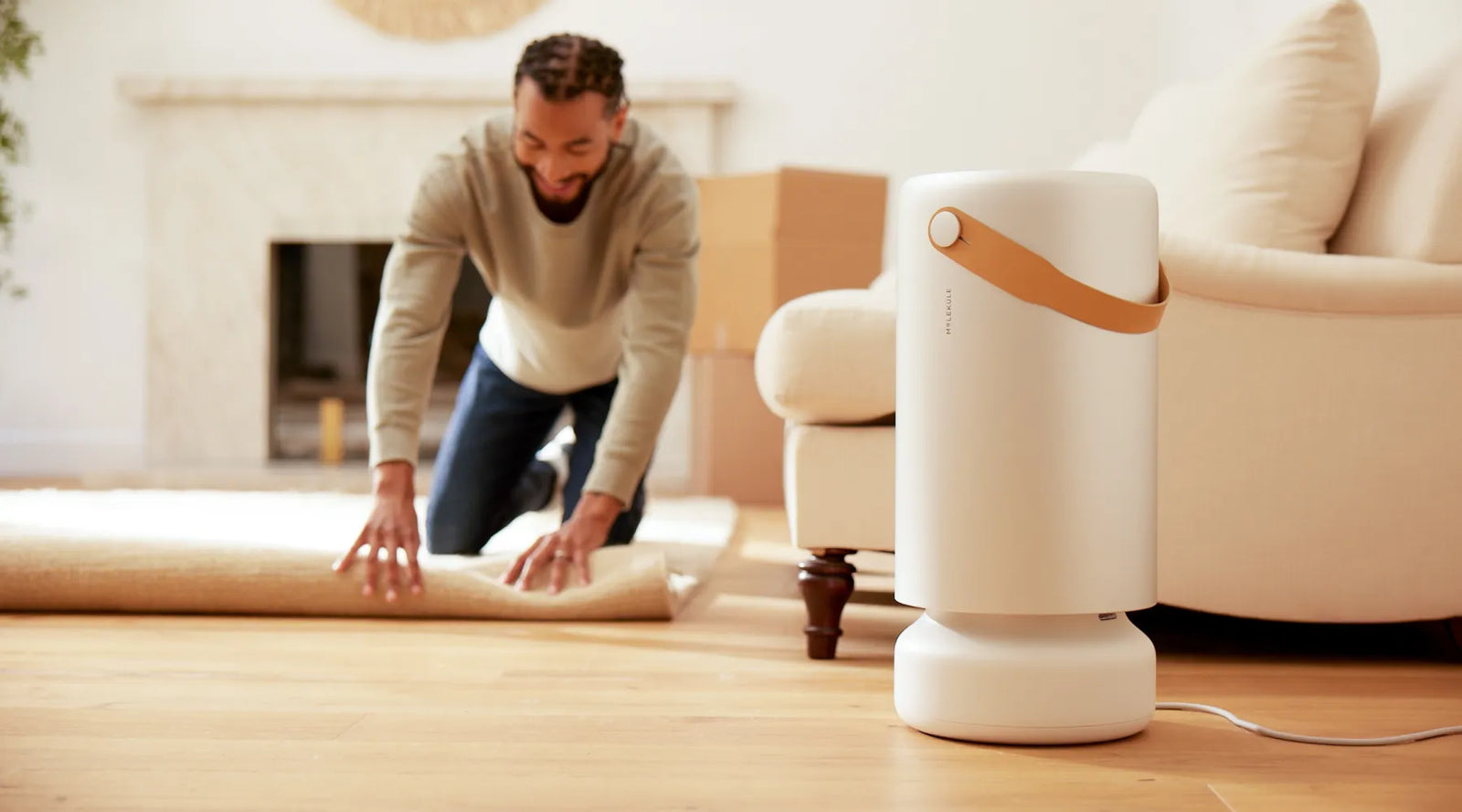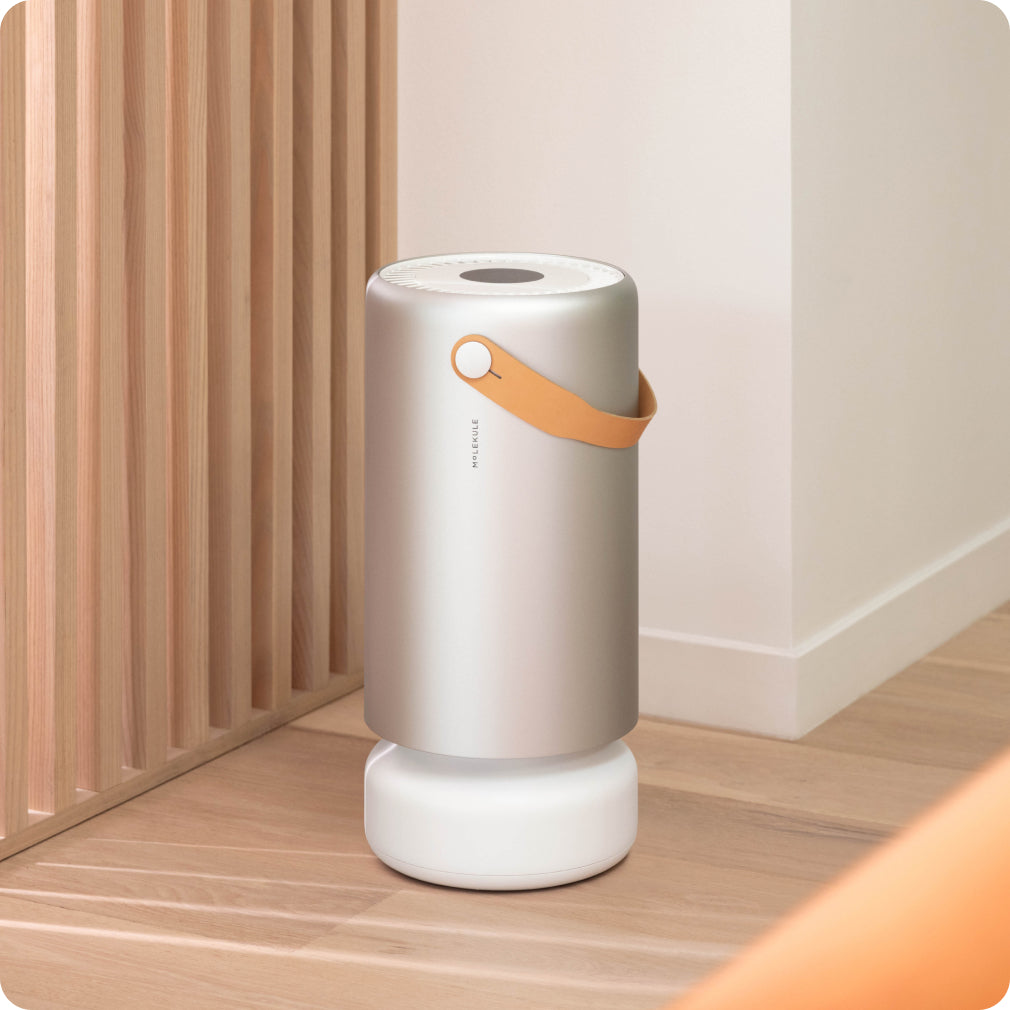You probably don’t think about formaldehyde on a regular basis. But here’s the unsettling truth: formaldehyde is everywhere—and it’s quietly causing more cancer than any other toxic air pollutant in the United States.
If you've read any of our indoor air quality posts, you already know how the air we breathe affects our bodies in real time. But the long-term risks—particularly when it comes to certain chemicals in the air—deserve just as much attention.
Let’s break it down.
What Is Formaldehyde?
Formaldehyde is a colorless, flammable gas with a sharp, pungent smell. It’s often used in building materials, household products, and manufacturing processes. You’ll find it in things like:
- Pressed wood products (think particleboard, plywood, MDF)
- Glues and adhesives
- Insulation materials
- Fabrics labeled “wrinkle-free” or “permanent press”
- Cleaning and disinfecting products
- Personal care items like shampoo and nail polish
In short: if you live in a home, drive a car, or use modern products, you’ve likely been exposed to formaldehyde.
Is Formaldehyde Dangerous?
Yes—very.
According to a ProPublica investigation, formaldehyde is the #1 cancer risk among all toxic air pollutants. Their analysis showed that this chemical is so widespread that “nobody in the United States is safe from it,” and the greatest risks often come from inside our homes.
The Environmental Protection Agency (EPA) has also reported that formaldehyde causes cancer. In fact, they determined that exposure increases the risk of developing nasopharyngeal cancer, myeloid leukemia, and other serious health conditions including:
- Asthma (especially in children)
- Reduced lung function
- Reproductive problems like miscarriages and infertility
And yet, despite these findings, the official risk estimates may still be too low. ProPublica found that the EPA’s current models underestimate cancer risk from formaldehyde by as much as four times.
So, to answer the question: Is formaldehyde dangerous? Absolutely. It’s one of the most dangerous airborne chemicals we encounter daily.
Where Are We Most Exposed to Formaldehyde?
Here’s the surprising part: you’re most likely breathing it in at home.

Indoor air often contains higher levels of formaldehyde than outdoor air, especially in newly built or renovated homes where building materials and furniture are off-gassing.
Common sources include:
- Furniture and flooring made with composite wood
- Curtains, bedding, and clothing treated for wrinkle resistance
- Cleaning products and air fresheners
- Cooking fumes, especially from gas stoves
- Cigarette smoke and even candles
Outdoor sources like vehicle exhaust, industrial emissions, and lawn equipment also contribute—but remember, humans spend 90% of their time indoors. So even if your local Air Quality Index (AQI) looks good, you could still be inhaling elevated levels of VOCs in indoor air, with formaldehyde leading the charge.
How to Destroy Formaldehyde in Your Air and Reduce Exposure
Thankfully, there are ways to protect yourself. Here’s how to reduce formaldehyde exposure and protect your health:
1. Ventilate Your Space
Open windows when possible. Use exhaust fans in the kitchen and bathroom. Fresh air helps dilute indoor pollutants.
2. Choose Low-VOC or No-VOC Products
When buying paint, furniture, or flooring, look for labels that say “Low-VOC,” “No Added Formaldehyde,” or certifications like GREENGUARD Gold.
3. Avoid Wrinkle-Resistant Fabrics
That “easy care” label often means it’s been treated with formaldehyde-based resins. Opt for untreated cotton, linen, or other natural fibers.
4. Be Mindful of Household Products
Many cleaning supplies, air fresheners, and even personal care products contain formaldehyde or ingredients that release it. Look for safer alternatives or check databases like the Environmental Working Group’s Skin Deep®.
5. Use an Air Purifier
Specifically, one that’s designed to capture VOCs. Purifiers like the Molekule Air Pro and Air Mini+ use PECO technology to destroy formaldehyde at a molecular level—unlike traditional HEPA filters that simply trap it.
6. Monitor Your Air
Just like you’d check the AQI before going for a run, it’s smart to monitor your indoor air in real time. Molekule air purifiers feature sensors that can alert you to spikes in VOCs, giving you the power to take action immediately.
Why It Matters
Formaldehyde exposure risks aren’t theoretical—they’re measurable and deeply personal. Whether you’re a runner pushing your lungs to their limits or simply someone trying to breathe cleaner air at home, the risks are real.
When we think about air pollution and cancer risk, we often imagine smokestacks or traffic. But the most persistent danger might be right under our roof.
So if you’re wondering how to remove formaldehyde from air, the answer starts with awareness—and continues with smart, science-backed solutions. Because clean air isn’t just about comfort. It’s about health and wellness.







